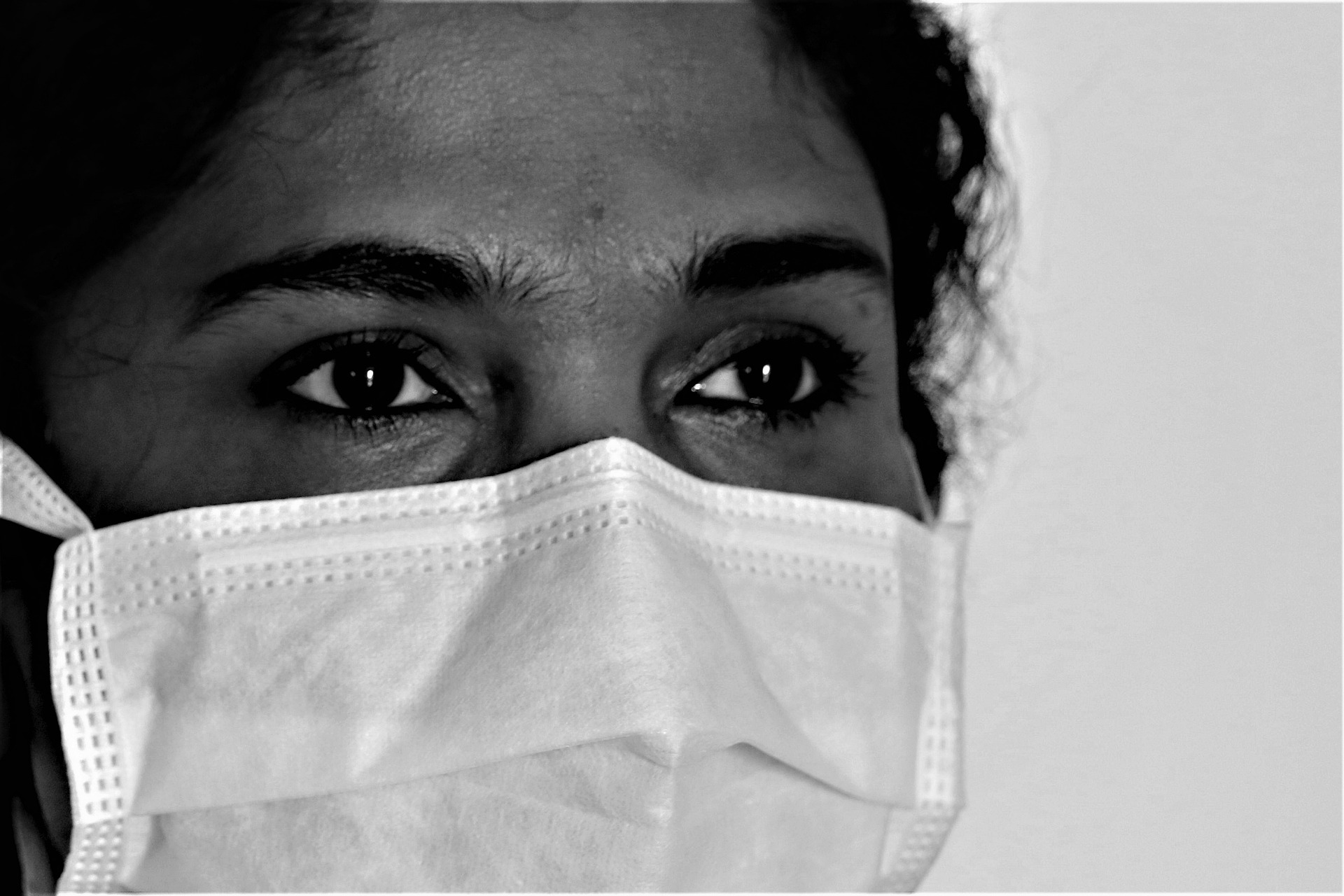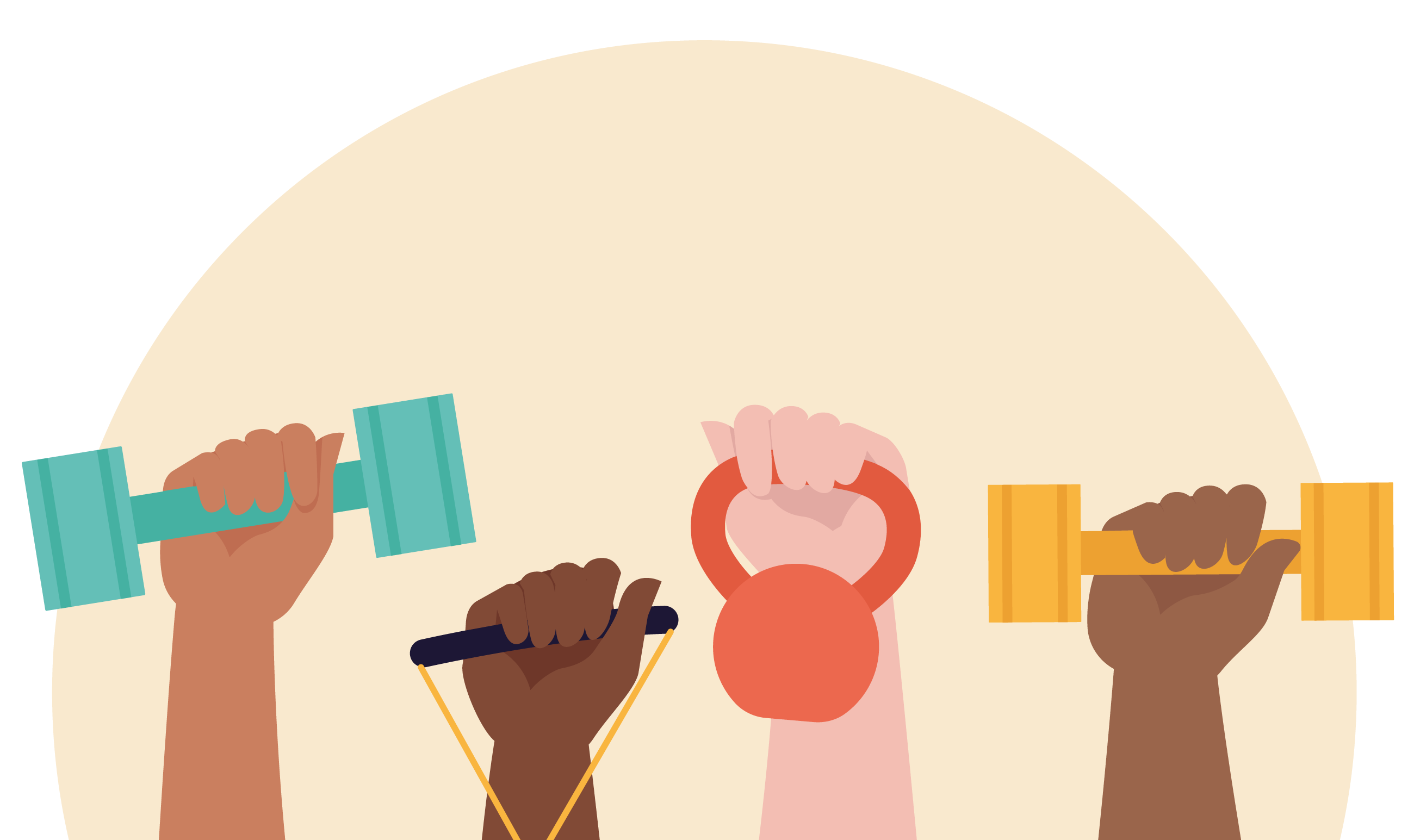Sabrina Campanella summarises a webinar on how COVID-19 has affected women’s equality in the process she highlights the importance of gendered pandemic planning and a feminist framework for building back better.
Societal health and well-being have undeniably endured relentless destruction, provoked by the COVID-19 pandemic. Life in the era of COVID-19 has generated a profound magnification of the pre-existing inequalities and inequities in all regions across the world. More specifically, the pandemic has drastically hindered the progress made towards achieving the Sustainable Development Goal (SDG) 5, achieve gender equality and empower all women and girls. The Dalla Lana School of Public Health’s (DLSPH) Centre for Global Health, the Collaborative Specialization in Women’s Health at DLSPH and Women’s College Hospital engaged in cross-collaborative efforts to host a panel discussion exploring the impact of COVID-19 on the progress made towards achieving gender equality. This panel discussion is an element of DLSPH’s ongoing COVID-19 webinar series.
The panel discussion was moderated by Erica Di Ruggiero and Janice Du Mont of the DLSPH. The virtual event presented the research insights from Rosemary Morgan, Assistant Scientist from the Johns Hopkins Bloomberg School of Public Health, Paulette Senior, the CEO and President of the Canadian Women’s Foundation, and Sireesha Bobbili, PhD student in Social and Behavioural Health Sciences at DLSPH.
COVID-19 is not gender neutral
Past infectious disease emergencies, such as the early 2000’s SARS outbreak and the mid-2000’s H1N1 influenza pandemic, did not manifest gender neutralism. Similarly, the COVID-19 pandemic continues to be a grave detriment to the developments made towards achieving gender equality for all women and girls. Rosemary reinforced this notion, clarifying that:
Women, men, and gender minorities are being differentially impacted by the pandemic, and this is what we mean when we say ‘COVID-19 is not gender neutral’.
Janice Du Mont further unpacks this issue, explaining that:
COVID-19 has significantly hindered, and even reversed, the progress that has been made towards achieving SDG 5.
The pandemic has also led to a stark rise in rates of violence against women, in both the public and private spheres.
Janice further highlighted the harms to women’s equality, indicating:
The impacts of the pandemic are estimated to set back progress towards economic precarity of women by decades.
It is an undeniable fact that the pervasiveness of the patriarchal, hetero- and cis-normative ideologies in which infiltrate our societies, structures, and institutions, while coexisting with the pandemic, have exacerbated gender inequalities for women, girls, trans, two-spirit, and non-binary individuals.
How has COVID-19 impacted gender equality?
The consequences of the lingering pandemic consist of both primary and secondary social, economic, security, and health effects, which are all connected to sex and gender. During the panel discussion, Rosemary delved into the gendered impacts of COVID-19 on women, indicating that essentially all facets of life for women have been compromised. Evidently, the pandemic has had an outsized effect on the mental health of women across the world. More specifically, Rosemary notes that throughout the era of COVID-19, women have confronted an amplification of stress and mental health challenges, such as rises in anxiety and depression. While there has been a stark upsurge in the demand for support services, many organizations that serve women, girls, trans, and two-spirit individuals are struggling to survive. Paulette illustrates the distressing reality by disclosing survey results that indicate:
In April 2020, the Canadian Women’s Foundation surveyed 120 service providers, and about 80 percent were concerned about their ability to continue offering vital community-based services.
While the nature of a global pandemic is sufficient to incite impediments to mental health, along with bouts of debilitating stress and fear, there are unique factors that intensify these incidents for women. For instance, throughout the pandemic, women have undergone a stark escalation in the rates of domestic and intimate partner violence, increased economic insecurity, a climb in teen pregnancies, and deterrents to women’s voice and agency.
The pandemic has also provoked a drastic increase in informal care responsibilities, consequently, which has caused women to perform dual roles. Essentially, the pandemic has forced women to wear multiple hats. More specifically, women have been juggling work responsibilities while simultaneously adopting the role of an educator to assist their young ones with online schooling. These are in addition to the plethora of other caregiving responsibilities that women are expected to fulfil, due to the socially constructed gendered norms and roles.
Sireesha Bobbili further broke down the heteropatriarchal perspectives about women and men in society, explaining that the widespread gender norms are:
A set of socially created ideas that establish acceptable behaviours for men and women in society – so they’re basically social rules.
Rosemary clarified that a rise in informal care responsibilities are imposed onto women, explaining that:
Traditional gender norms are based on heterosexual and heteropatriarchal notions that define masculinity and femininity in very narrows ways, ultimately leading to dominant and subordinate roles in society.
The deeply entrenched expectation for women to stay home to provide childcare and home schooling responsibilities amongst other caregiving tasks, has had a significant impact on women’s economic security and employment. Such expectations have prompted one in three women to consider quitting their job to help balance caregiving and housework responsibilities. Paulette further illustrates the pervasiveness of the pandemic, affirming that:
Women’s participation in the labour force has dropped to its lowest level in nearly three decades due to the pandemic, provoking a more severe outcome on equity-seeking groups of women.
While women are expected to shoulder informal caregiving tasks, other elements have also contributed to the drastic decline in the labour force. Rosemary reinforced this statement, explaining that:
Globally, 50-54% of all jobs that have been lost have been held by women, and even more so BIPOC women.
To further depict this harsh reality, Rosemary noted that the multiple barriers that may prevent women from returning to the workforce will have drastic impacts for GDP and the economy. Importantly, additional stressors, such as oppression, systemic racism, and marginalization further escalate the harsh impacts of the pandemic on BIPOC and LGBTQ2S+ communities.
People are provided with different opportunities, privileges and power based on perceived, not necessarily true, differences based on gender.
Sireesha Bobbili
Maternal, sexual and reproductive health
Undeniably, many aspects of life have been altered as a result of the persisting pandemic. Maternal and sexual reproductive health are not immune to COVID-19’s pervasive destruction. Rosemary clarified explaining that globally, maternal and sexual and reproductive healthcare services and resources has become increasingly difficult to access, due to pandemic-related closures and relocation of health care resources. She indicated the grave consequences of diminished maternal and sexual reproductive health care resources, indicating that this will lead to an increase in rates of maternal mortality.
Rosemary recounted:
The Ebola epidemic in Sierra Leone witnessed an increase in maternal, neonatal, and stillbirth deaths, and a reduction in routine vaccination programs as a result of the diversion of resources towards Ebola.
This reinforces the important of applying the lessons learned from past outbreaks to prevent further hindrances to gender equality.
Gender responsive pandemic plan
Life in the era of the COVID-19 pandemic has undeniably invoked profound worry and concern for the future of our societies. As the transmission of the virus continues to rise in various regions around the world, the prospect of imagining a life post-pandemic seems inconceivable. Inevitably, this pandemic will dissolve, calling for an intersectional and equitable response to recover from this destructive public health crisis. Furthermore, the pandemic has demonstrated that comprehensive preventative efforts are vital to evade disastrous outcomes. Consequently, it is important to begin devising pandemic recovery plans, now.
Although recovery looks distant, we need to think about the kind of society that leaves no one behind.
Paulette Senior
The panellists prompted the audience to consider what could happen if post-pandemic recovery plans took a gender responsive approach, rather than a gender regressive approach. A gender responsive pandemic plan is one which takes into consideration the intersectional needs of women, men, and gender minorities, in planning, data collection, response and recovery. This includes considering and addressing how women, men, and gender minorities experience differential primary short-term, and secondary long-term social, economic, security, and health impacts.
Historically and currently, global policy continues to develop outbreak responses that underpin gender neutralism. Our outbreak responses consistently fail to meaningfully execute gender-based analyses – despite the extensive evidence from previous pandemics, and in the cases of Ebola and Zika. We have not learned from that.
Rosemary Morgan
Building back better and pandemic planning
Building back better is a common point of discussion for those who have been working on gender and health systems on a global scale. Insights from Valeria Percival’s paper “health systems and gender in post-conflict contexts: building back better?” may be useful to inform post-pandemic recovery plans, as noted by the panellists. Building back better will not be easy and requires extensive preventative efforts that adopt gender responsive approaches.
Comprehensive data collection methods are crucial in the pursuit of building back better. The absence of sound data equates to the disregard for pressing public health issues. Ultimately, inequitable problems cannot be addressed if there is a dearth of data to indicate their existence. This means collecting sex segregated data, and segregating data by other social stratifiers, such as race, ethnicity, income, age, and disability. Sound data collection tools have the power to address hindrances to gender equality,
Sharing the efforts of the Canadian Women’s Foundation, Resetting Normal. Paulette underscored the need for gender responsive pandemic recovery plans. Resetting Normal will embody feminist and proactive measures to appropriately reach women, girls, Indigenous communities, immigrant communities, and other historically disadvantaged groups. Lessons can be drawn from Hawaii and Canada and their respective feminist economic recovery plans. Lessons from these approaches highlight the importance of an economic recovery plan that confronts the roots causes of inequality, including but not limited to patriarchy, ableism, white supremacy, colonialism, classicism, racism, and queerphobia.
At the core of post-pandemic recovery plans, regardless of region, it is imperative to execute an intersectional feminist lens to highlight critical issues and to provide actionable recommendations to revitalize recovery policies into ones that are equitable and inclusive of all equity-seeking groups.
Life post-pandemic will indisputably differ substantially from the pre-pandemic era. The recovery from the pandemic and the pursuit of building back better will require intervention and action at the micro, meso, and macro levels of society. To the readers of this article, leverage your resources and enhance your capacity to act. The Canadian Women’s Foundation illustrates how people can engage in positive change by learning how to reset normal by placing gender equality at the centre of action. The Canadian Women’s Foundation informs the public on why we need to reset normal, how to use your voice to place gender equality at the crux of post-pandemic rebuilding plans, a series of written reports and podcasts to learn more about the gendered effects of the pandemic, along with the underpinnings of resetting normal and gender equality.
Notes
A recording of the webinar can be found here. Visit the Canadian Women’s Foundation to learn how to support women and girls during the COVID-19 pandemic and efforts to support the development of a gender equal Canada. To stay updated with the Canadian Women’s Foundation, subscribe to their newsletter.






